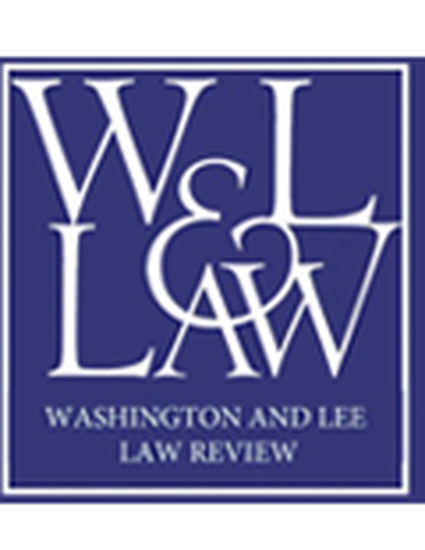
Patent Office power has grown immensely in this decade, and the agency is wielding its power in predictably troubling ways. Like other agencies, it injects politics into its decisions while relying on technocratic justifications. It also reads grants of authority expansively to aggrandize its power, especially to the detriment of judicial checks on agency action. However, this story of Patent Office ascendancy differs from that of other agencies in two important respects. One is that the U.S. patent system still remains primarily a means for allocating property rights, not a comprehensive regime of industrial regulation. Thus, the Patent Office cannot yet claim broad autonomy to make substantive political judgments. Indeed, the agency until now has wielded its power mostly in disguise. The other difference is that the era of broad Patent Office power is still in relative infancy. Recent years have seen important analytical and empirical studies of the agency’s dramatic changes, but its new and controversial practices are not yet entrenched. Meaningful reform is still possible, and it is desirable. Patent Office power has grown so much so quickly in part because the political valence of that power has been obscured by a blinkered focus on technological expertise. Understanding the agency’s pernicious structural choices—such as commingling separately delegated powers in order to evade judicial review and stacking adjudicatory panels to reach desired outcomes—in terms of politicization reveals significant risks of injury upon the agency’s ability to make credible commitments, and also illuminates potential solutions.
Available at: http://works.bepress.com/saurabh_vishnubhakat/81/
